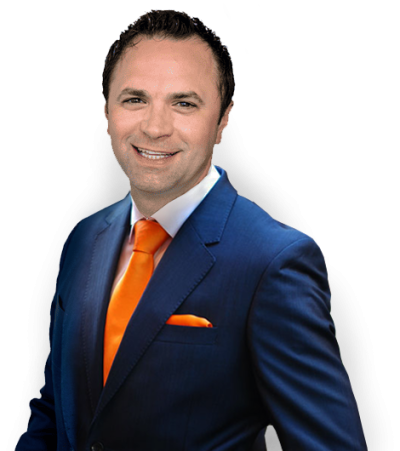Hey There Income Hunters,
There is the media narrative about what happened with Archegos — that it failed because it couldn’t put up additional capital to cover unrealized losses — and there is the underlying issue that causes these events.
I have seen this play out many times during my 40-year career, and here is the real problem …
I always loved trading derivatives, however, I kept my derivative trading to the on-exchange variety …
Here’s why: Working for Wall Street Banks most of my career, I saw first hand the inner workings of the prime brokers and came to learn most systemic issues begin and end there.
Prime brokers are financiers, accountants and risk managers who offer a variety of services on behalf of banks, brokers or dealers who require their services …
Primes lend their clients money.
They set them up with access to every market in the world.
They help them raise capital.
They wine and dine them.
Most of all, prime brokers financially engineer bespoke products tailored to their clients’ exact needs.
But here’s where it gets a bit tricky …
You see, if clients ever need to sell these amazing products — they are bound to brokers through a bilateral contractual agreement …
In English that means a contractual agreement between two parties that sets the terms and maturity of the dea l…
And bilateral counterparty exposure presents the greatest systemic risk to our capital markets system.
It always has.
That is why I have only ever traded centrally cleared, exchange traded derivatives (which include futures and options that trade on national exchanges).
Inside I’ll share my firsthand experience with John Meriwether, the founder of Long-Term Capital Management …
The LTCM crisis of 1998 shares similarities with the Archegos episode — but nearly took down the entire system.
At Bear Stearns
I spent the first 15 years of my career at Bear Stearns, and by 1994 Bear had had one of the largest prime brokerage businesses on Wall Street.
1994 was also the year John Meriwether founded LTCM. The firm started with $1 billion but within four years, their total exposure to the markets was over $1 trillion.
That is the power of prime brokerage — the setup allows you to have multiple arrangements around the Street with access to leverage from all of them
LTCM’s game was risk arbitrage, which is a long/short strategy … they were modelling geniuses and would find correlations all over the world and bet on massive mean reversion trades. (Correlations and mean reversion are match calculations that help identify long/short strategies.)
The problem with that is, every one of a customer's prime brokers knows what they are betting on because they provide risk management on their portfolios …
And when they see how much money is being made, word gets out and the strategy is copied many times over.
Some of the trades were simple pair spreads between two US Treasuries. But the number of positions — and the massive leverage used — did not take into account a lack of liquidity associated with an external event large enough to cause abnormal moves.
Then the Russian debt crisis hit and the worst-case scenario was realized.
At that time LTCM was said to have 40-1 leverage …
Let me tell you, it doesn’t take a large move to bankrupt your business with that much leverage.
By the time LTCM realized they had to unwind the trades, it was too late.
Tons of other positions were being closed ahead of them …
Then Bear Stearns made a margin call in the $100s-of-millions to LTCM and they were finished.
Bear put a consortium of banks together that pooled a few billion in bailout funds and took ownership of LTCM.
In Later Years …
About 10 years later, after leaving Wall Street, I was designing exchange traded products for BNY Mellon, intending to provide greater safety and security to the prime finance market …
A salesman told John Meriwether about it and he invited us to meet him at his home in Connecticut.
He wasn't at all like I imagined him to be.
Maybe he was seriously humbled by the LTCM experience.
He said he thought a cleared finance product would greatly improve the security of the system, but he also said the banks would never let it come to market.
Unfortunately, he was proven right.
And there is a lot more risk in the system today.
Bring it Home
Wall Street has always been a rigged casino, but that’s not really a secret.
And investors have a choice …
Exchanges — like the Chicago Mercantile Exchange (CME), Chicago Options Exchange (CBOE) and NASDAQ — have proven the test of time and the central clearing model, for instance OCC who clears all exchange options trades have proven to be very stable and secure.
Here is a rough diagram and brief description of how it works …
In the exchange-traded, centrally cleared model, prime brokers contribute to a guarantee fund held by the central counterparty (CCP).
The CCP dictates what each prime broker must contribute based on their prorated volume.
The central clearer also has rigorous risk management capabilities to ensure the guarantee fund is large enough to handle worst-case scenario events.
All participants are blind to each other and all products are fungible, meaning there’s an equality among assets that allows them to be exchanged and traded.
It is open, transparent and fair …
Have a great Wednesday, be sure to tune in at 9 and as always …
Live and Trade With Passion My Friends,
Griff


